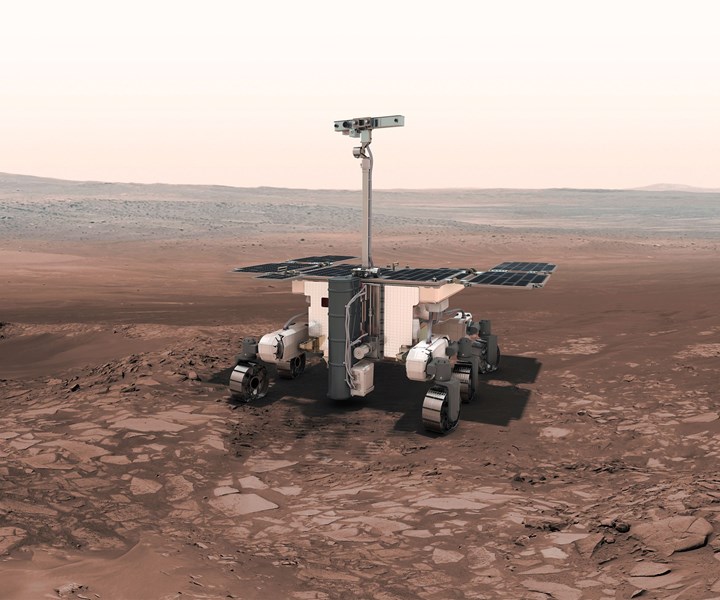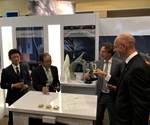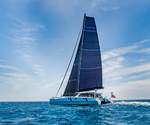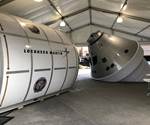Carbon fiber composite Mars rover chassis under development
Swiss engineering company Scheurer Swiss GmbH is developing the part along with partner RUAG Space.

Source | Scheurer Swiss GmbH
RUAG Space (Decatur, Ala., U.S.; Bern, Switzerland; renamed to Beyond Gravity) has partnered with Swiss engineering company Scheurer Swiss GmbH (Volketswil, Switzerland) for the construction of the ExoMars rover.
The rover’s carbon fiber composite chassis is being developed by the European Space Agency (ESA; Paris, France), under the direction of RUAG Space and Airbus Defence and Space (Ottobrunn, Germany. According to Dominik Scheurer, Scheurer Swiss GmbH CEO, the company will be involved in the development of the chassis and in choosing a laser system for its lamination
The rover, which is named Rosalind Franklin after a British chemist, is expected to launch to Mars in 2020, and the finished suspension for the chassis is currently undergoing testing at the RUAG Space test center in Zurich.

Source | Scheurer Swiss GmbH
In addition, a brand-new control center for the ExoMars rover — the Rover Operations Control Centre (ROCC) — has been built in Turin, Italy. It will be the operational hub for activities and testing of the rover once it is is on the Martian surface.
“This is the crucial place on Earth from where we will listen to the rover’s instruments, see what she sees and send commands to direct the search for evidence of life on and under the surface,” says Jan Wörner, director general of the ESA. “The ExoMars rover will be the first of its kind to both move across the Mars surface and to study it at depth with a drill able to collect samples from down to two meters into the surface.”
In July 2020, a Proton rocket will launch the spacecraft into its eight-month journey to Mars.
Related Content
-
“Structured air” TPS safeguards composite structures
Powered by an 85% air/15% pure polyimide aerogel, Blueshift’s novel material system protects structures during transient thermal events from -200°C to beyond 2400°C for rockets, battery boxes and more.
-
Industrializing additive manufacturing in the defense/aerospace sector
GA-ASI demonstrates a path forward for the use of additive technologies for composite tooling, flight-qualified parts.
-
The potential for thermoplastic composite nacelles
Collins Aerospace draws on global team, decades of experience to demonstrate large, curved AFP and welded structures for the next generation of aircraft.
.jpg;width=70;height=70;mode=crop)





